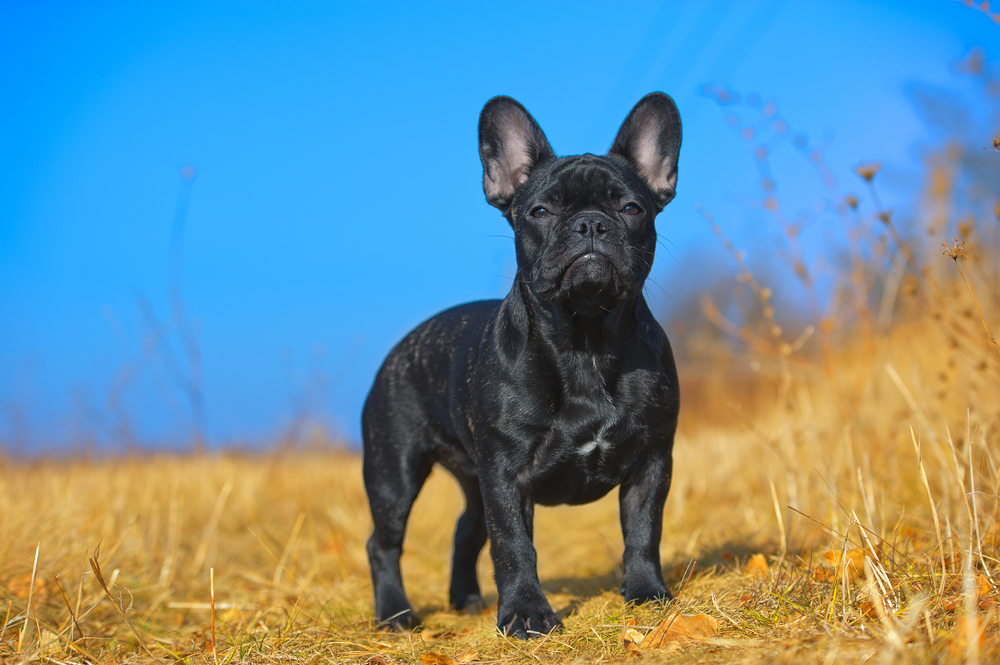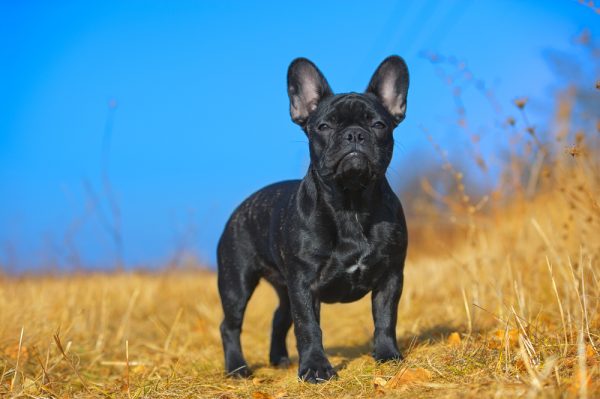Click to Skip Ahead
With summer fast approaching and temperatures on the rise, it’s a good time to think about warm weather safety. As many of you have surely experienced, our dogs are often up for anything—rain, hail, or shine—and they won’t let something like the threat of heat exhaustion get in the way of having a good time. But every year, thousands of dogs are treated for the effects of heat stroke, with reported fatality rates ranging from 14 to 50%. And if your dog is brachycephalic (e.g. Bulldogs, Pugs, French Bulldogs, Chow Chows, etc.), they are twice as likely to suffer the effects of heat exhaustion than their longer-nosed friends.
We may think we know what to watch out for and how hot too hot is for our dogs, but you might be surprised to learn how easily dogs can be affected by warm temperatures and high humidity, and how quickly those effects can turn deadly. Read on to find out more about how heat affects our dogs, what you need to be on the lookout for, and why brachycephalic dogs are twice as likely to suffer from the deadly effects of heat stroke.
What Is Heat Stroke?
Heat stroke, heat exhaustion, and heat stress are terms often used interchangeably, although they actually refer to three stages of heat stroke, describing a set of clinical signs and ailments that occur when body temperature rises above the normal range (hyperthermia) as a result of environmental and physiological factors, like high temperature, high humidity, low winds, excessive physical exertion, or impaired body cooling.
- Heat stress: Early signs of hyperthermia, such as panting and increased thirst.
- Heat exhaustion: Prolonged heat stress leads to heat exhaustion, when panting becomes more intense, and the dog may become weak, dehydrated, and lethargic.
- Heat stroke: The deadliest stage of hyperthermia, where neurological signs, organ damage, and cell death can occur.
Canine body temperature should usually be around 100–102°F, which is higher than that of a human, and in warmer conditions or if the dog has been quite active, a temperature of around 103°F would still be considered normal.
When body temperature exceeds 106°F, cell damage and organ dysfunction start to occur, and at temperatures above 109.5°F, the proteins that make up DNA begin to break down (denature), causing irreversible damage. If temperatures stay above this level for a prolonged amount of time, death is inevitable, either as a direct result of the damage incurred or euthanasia on humane grounds.
What Are the Signs of Heat Stroke?
As heat stress progresses to heat stroke, your dog may exhibit some or all of the following signs:
- Panting
- Increased thirst
- Restlessness
- Drooling
- Diarrhea, with or without blood
- Vomiting
- Lethargy
- Weakness
- Confusion
- Muscle tremors
- Collapse
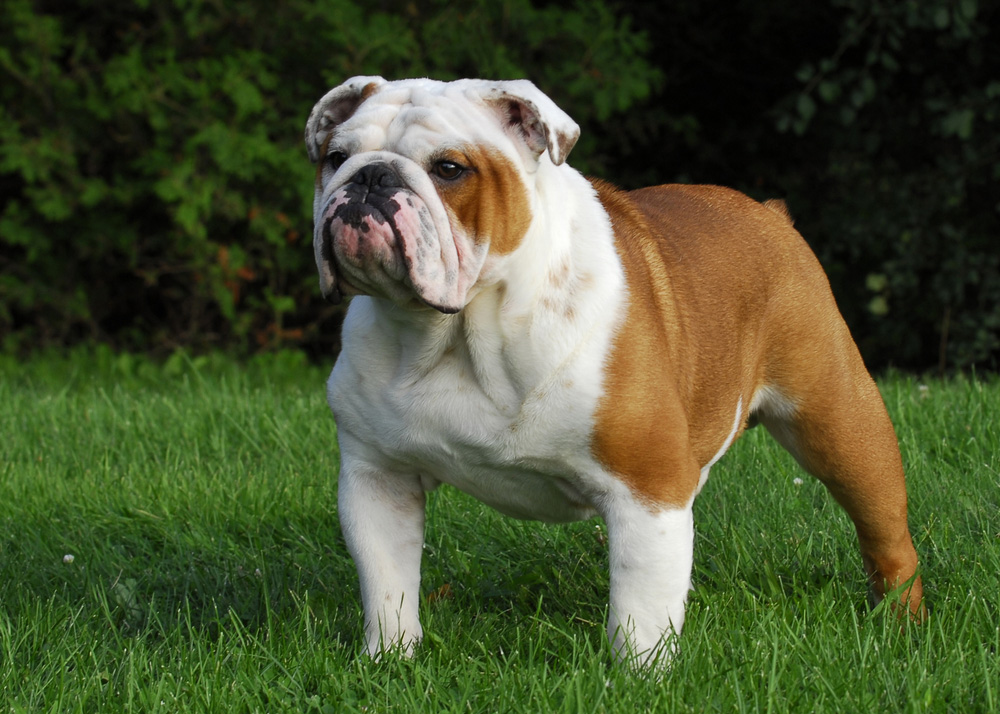
Why Are Dogs Affected by Heat Stroke?
One of the biggest misconceptions about heat stroke in dogs is that the primary cause is the body getting hot, but this is only part of the story. The main reason dogs suffer so significantly is their impaired ability to cool down.
Dogs and humans both use evaporative cooling but in different ways. When we get hot, we start to sweat, but dogs do not sweat like humans and rely primarily on panting to bring down their body temperature, which is not the most efficient method, especially when conditions are particularly humid and still.
We often feel much hotter on a humid, windless day because these conditions are not conducive to effective evaporation, so the sweat stays on our skin. On a dry, windy day, the outside temperature can be much higher, but we feel cooler because this is when our sweat evaporates quickly. More dogs suffer from heat stroke at lower temperatures and higher humidity for three main reasons:
- Owners think that the lower temperature is less dangerous and allow their dogs to exercise. When it’s really hot, people are far less likely to let their dogs exercise.
- Dogs don’t feel as hot initially and run/play/exercise as normal.
- Once their bodies have warmed up, they can’t cool down.
Another common issue is when dogs go swimming. This is a strenuous activity that warms the muscles up, but once the dog exits the water, they struggle to cool down again.
Why Are Brachycephalic Dogs Twice as Likely to Suffer From Heat Stroke?
All brachycephalic dogs, whether a purebred French Bulldog or a snub-nosed crossbreed, will experience the effects of brachycephalic syndrome to varying degrees. When dogs with a large surface area for evaporative cooling are suffering from heat stress and exhaustion, you can imagine how difficult it is for dogs with narrowed airways and squashed oral and nasal tissue to lose body heat. Brachycephalic dogs can be overcome by the effects of heat stroke at much lower temperatures and after less vigorous activity purely because their built-in cooling system is less efficient than dogs with longer muzzles and more open airways.
The breed most at risk is the Chow Chow. Although not quite as flat-faced as many other brachycephalic dogs, the Chow Chow’s shortened muzzle and thick coat can be a deadly combination in hot weather. Their body temperature will elevate more quickly, with their luscious coat acting as effective insulation, and their brachycephalic conformation means that their ability to cool down is often not efficient enough to offset the hyperthermia.
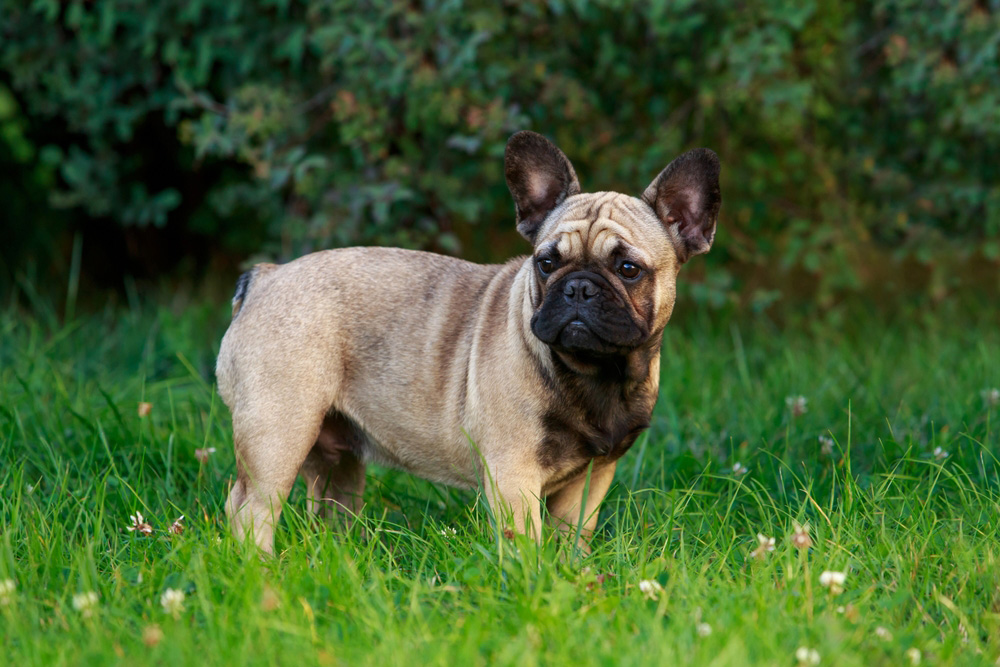
How Can I Help My Brachycephalic Dog Cope With the Heat?
Fortunately, there are lots of things you can do to keep your dog safe when the humidity is rising and the barometer is getting low.
1. Water
Provide plenty of cold drinking water in different locations, and check throughout the day that the water is staying cool and clean. Water fountains are a great way to encourage your dog to drink more, but be aware that in hot and dry conditions, they will evaporate more quickly. Pop in a few ice cubes throughout the day to keep the water cool and plentiful.
2. Shade
Dogs aren’t always the greatest at doing what’s best for them, and it’s not uncommon to see them splayed out on their backs in the sunshine. Make sure your dog not only has plenty of cool, shady spots to chill out in but also that they use them.
3. Stay Home
We often think that we need to take our dog for a walk or a run every day, but if the temperature is hot or the humidity level is high, it is far safer to skip the walk and stay home where it’s cool. Additionally, although we love to bring our dogs with us to the beach or on day trips, just as they love to come with us, if it’s going to be a long and warm day, it’s much safer to leave them behind. Hundreds, even thousands, of dogs die from heat stroke each year—none die from missing out on a walk.
4. Feel the Sweat
Even if it’s a cloudy day or if it doesn’t feel too hot, if you feel sweaty or the air feels muggy, your dog’s cooling system is going to be compromised, so take it easy.
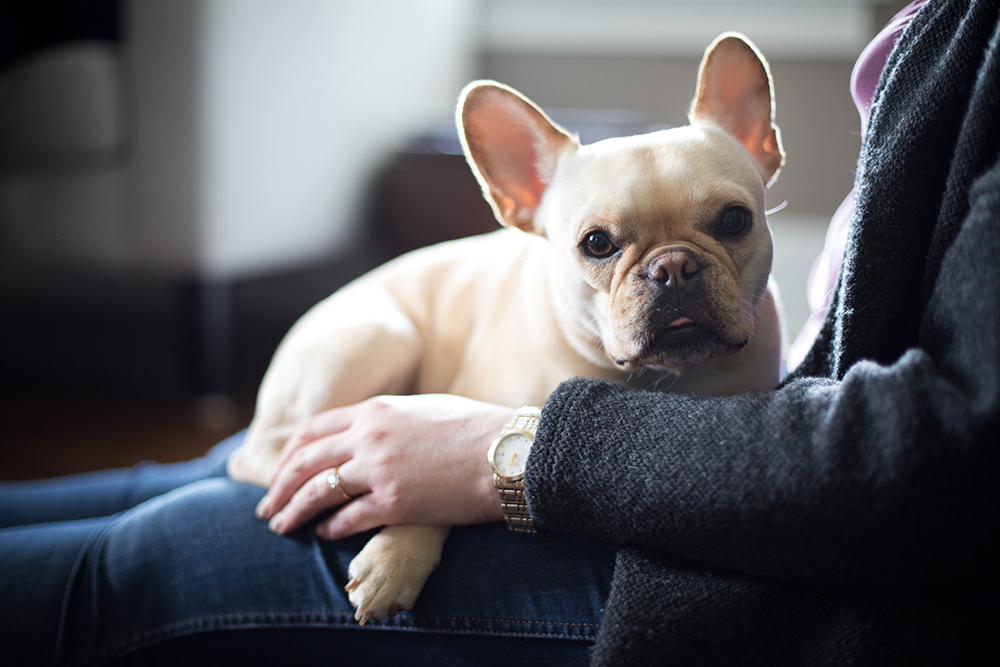
5. Enjoy an Evening Stroll
Many experts recommend taking your dog for a walk or run first thing in the morning or later in the evening, but late evening is always the better option because temperatures are going down. Unless you are getting out for your walk before 4 or 5 AM, leave it until late in the day.
6. Watch Their Weight
Excess body fat will compound brachycephalic issues, as well as add insulation to the body, so it’s super important to keep these dogs lean. Remember, if they’re exercising less in the summer months, you’ll need to reduce their calories to compensate. You can make it up to them by introducing some low-calorie DIY frozen treats to keep them cool and entertained.
7. Look for Ethical Breeders
If you have your heart set on a brachycephalic pup, you have the power to make a difference in the future of these breeds. Do your research and choose a breeder that is actively trying to breed dogs with longer muzzles. If people stop buying puppies with extremely short noses and flat faces, breeders will be forced to adapt their breeding practices and start focusing on the health of their litters, not just their looks.
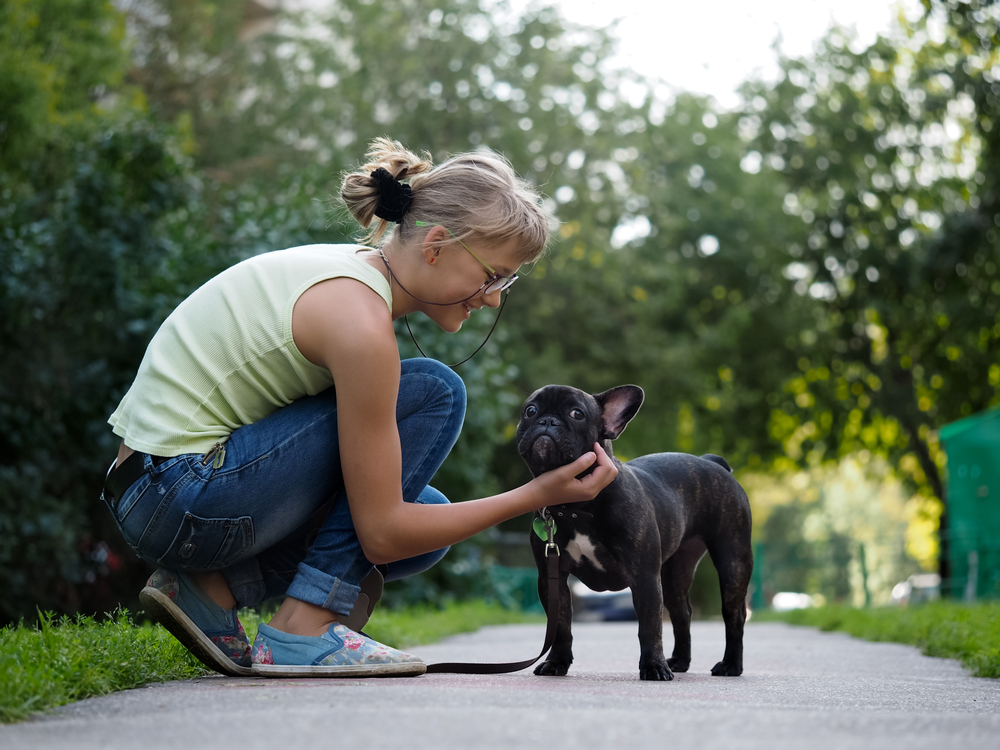
What Should I Do if I Think My Dog Has Heat Stroke?
If you’re worried that your dog is experiencing signs of heat stress, heat exhaustion, or heat stroke, the first thing to do is phone your vet, but do not panic and rush your dog straight into the car.
- Place them in a cool, shady spot.
- If you have a fan, direct it towards them. If you are outdoors, find something to fan them with and create a breeze.
- Soak a towel or blanket in cold water. Cover their body with the wet towel and place another one underneath them.
- Do not use ice or ice-cold water, as this can shock the body’s own thermoregulation system.
- Cool down your car—hopefully you have air conditioning! The last thing you want to do is place your overheated dog into a hot car.
- Encourage your dog to drink some cool (not icy) water, but do not force it. If they don’t want to drink, use a wet cloth to dampen their tongue and gums.
- Place a cold, damp cloth on their ears and in their groin. These are locations where blood vessels will dilate close to the skin to try to lose heat, so they are prime locations to apply a cold compress.
- Once you have taken steps to bring your dog’s temperature down and have cooled down your car, get them to the vet. Even if they are improving, the damaging effects of heat stroke can lead to heart, liver, and kidney damage, and intravenous fluids can mean the difference between life and death.
| Emergency Enema
In extreme situations, where either your nearest vet is far away or your dog is showing severe signs of heat stroke, you can try a cool water enema. Use a syringe, turkey baster, squeezy bottle, or even a funnel and pipe to gently flush cool (not icy) water into the rectum. Do not use a hose or anything that could damage or tear the tissue, and you need to create a seal around the nozzle and the anus to stop the water from immediately leaking back out. Depending on the size of your dog, you can use around 3–20 fluid ounces of water. If your dog is actively resisting this treatment, they probably don’t need it, so do not continue. Be sure to let your vet know if you have done this, as it will affect their rectal temperature readings. And make sure you wash your hands thoroughly when you have finished! |

Final Thoughts
When it comes to warm weather, dogs are at a much greater risk of heat stroke than humans, and brachycephalic breeds even more so. Their squishy faces may look cute, but one of the many consequences of their appearance is that their evaporative cooling system is not very efficient, meaning that high temperatures and humidity can be deadly.
Remember that the issue for dogs is bringing their body temperature down, and brachycephalic breeds are more likely to overheat and then struggle to cool down, even on days when the temperature isn’t particularly high. If you are taking your dog with you on a day out, play it safe and make sure you have plenty of water and supplies to cool them down if needed.
Featured Image Credit: Tatiana Katsai, Shutterstock

